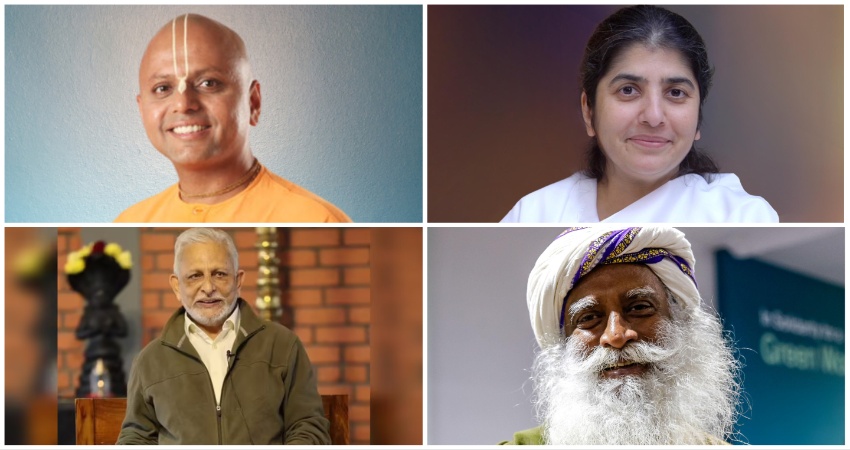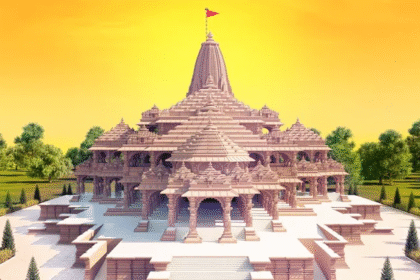In a time when digital influence shapes beliefs, consumer habits, and social movements, one might think spirituality would fade into the background. However, in an interesting twist, Indian spiritual influencers are not just surviving in the digital age; they are driving a global change.
From YouTube ashrams to Instagram mantras and guided meditation podcasts on Spotify, a growing group of Indian influencers is blending ancient wisdom with modern consciousness. These digital saints, gurus, yoga teachers, and mindfulness coaches are gaining millions of followers across the world, bringing Indian spiritual philosophy into a strong position on global platforms.
This is more than just a cultural change. It’s a digital revival based on dharma and powered by technology.
Ancient Roots, Modern Reach
India has always been a center of spirituality. Ideas like Atman, Karma, Dhyana, and Moksha have shaped the thoughts of thinkers, philosophers, and seekers for centuries. What is new is how this old knowledge is being shared digitally.
Social media, which used to focus on trends and likes, is becoming a space for real change. Indian influencers are using these platforms to make Vedic knowledge, Yogic traditions, and Advaitic ideas more accessible and relatable, even in short formats.
What once took years of learning from a teacher in Rishikesh can now start with a 30-second reel or a 10-minute live session on Instagram.
Meet the Digital Gurus
Several Indian figures have become global leaders in spiritual discussions, not only in India but also in the United States, Europe, Australia, and Southeast Asia.
Sadhguru (Jaggi Vasudev)

Sadhguru is likely the most recognized figure of Indian spirituality online. He has over 12 million YouTube subscribers and a social media following of more than 40 million. His talks combine ancient Yogic principles with modern issues like mental health, environmentalism, and productivity.
His global appeal comes from his strong command of English, his engaging presence, and his ability to explain complex ideas in a way that connects with both Silicon Valley coders and Brazilian artists.
Sri M
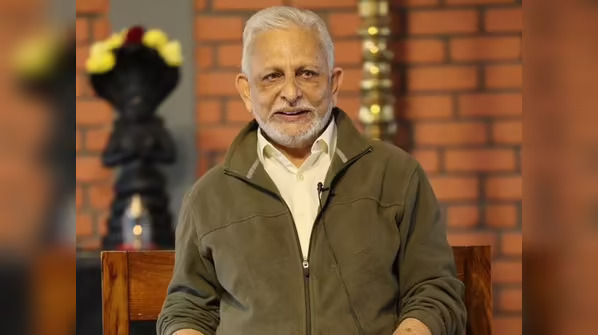
Less commercial and more subtle than others, Sri M has gained an international reputation for his teachings that focus on Vedanta and interfaith harmony. His lectures around the world, especially in Germany and the United States, attract diplomats, scholars, and everyday seekers.
BK Shivani
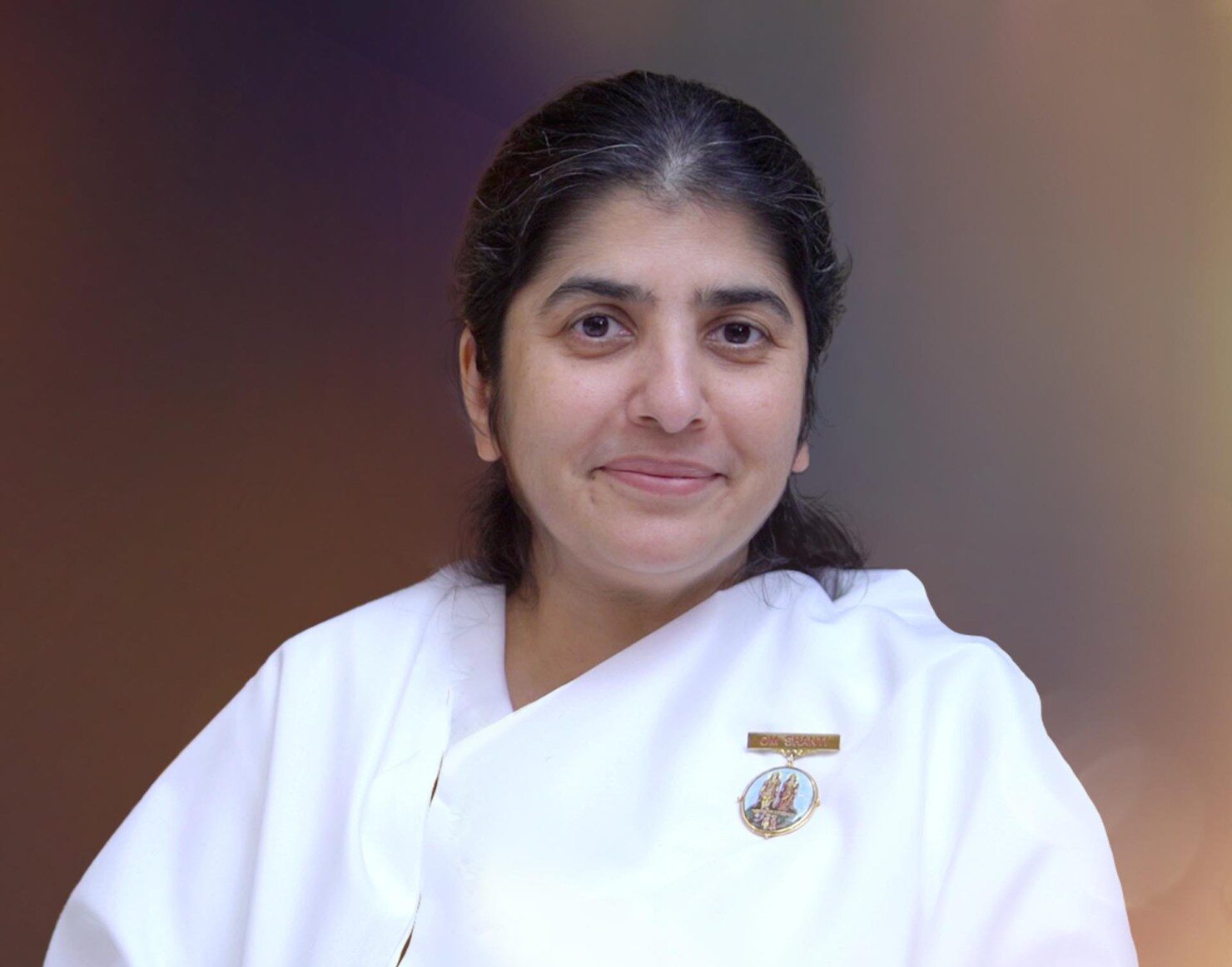
Sister Shivani, who is part of the Brahma Kumaris movement, has made meditative and soul-conscious teachings popular. Her YouTube videos about emotional resilience, karma-based decision-making, and mindful living are available in more than 20 languages. Her calm, motherly presence and deep understanding of inner change have given her recognition among both corporate professionals and homemakers.
Gaur Gopal Das
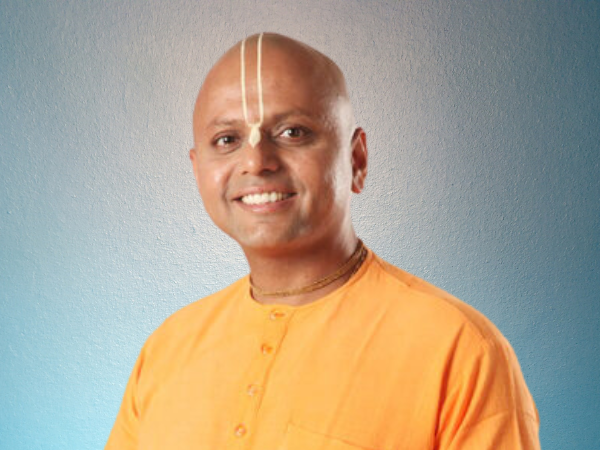
Gaur Gopal Das, a former HP engineer who became a monk, shares content that feels very relatable. His stories come from everyday experiences and are based on spiritual wisdom, making him a favorite among Gen Z and millennial audiences on Instagram, LinkedIn, and YouTube.
Why the World Is Listening Now
1. A Hunger for Meaning in a Hyper-Connected World
The pandemic forced a reckoning. As people around the world stayed at home, many began to question the constant chase for material things. In that quiet time, the ancient Indian promise of inner calm and self-awareness gained traction.
Digital spiritual leaders from India filled that gap with messages of peace, resilience, and hope, rather than fear.
2. Yoga and Meditation as Gateways
Practices such as Ashtanga Yoga, Vipassana, and Pranayama have been present in Western contexts for quite some time, yet typically these techniques were separated from their foundational philosophies. Currently, Indian influencers are reintroducing these disciplines within their original conceptual frameworks, connecting breathwork explicitly to the teachings of the Bhagavad Gita, associating movement with principles from the Upanishads, and contextualizing stillness through the lens of Samadhi.
This integrated approach enhances the perceived authenticity of these traditions, aligning with the growing demand among global audiences for more genuine and holistic experiences.
3. Algorithmic Spirituality
Much of the growth seen among these influencers comes down to effective SEO strategies, engagement-driven content formats, and precise platform optimization. Indian spiritual content now holds a significant presence on platforms like Spotify Wellness playlists, Apple Podcasts, YouTube Shorts, and even TikTok, largely due to well-executed digital tactics.
Interestingly, content teams within ashrams and spiritual organizations now include roles such as data analysts, graphic designers, and digital marketers. This clearly demonstrates how traditional missions are integrating contemporary digital tools to expand their outreach and impact.
Soft Power and India’s Global Image
India’s expanding network of spiritual influencers is now playing a significant role in the country’s soft power diplomacy. Traditionally, Bollywood and the IT sector have represented India’s primary cultural and economic exports. This emerging digital spirituality movement introduces a new component: ethical leadership.
Government bodies such as the Ministry of Culture and the Indian Council for Cultural Relations (ICCR) have supported numerous international conferences and collaborative projects that feature these influencers. Initiatives including the Parliament of the World’s Religions and World Yoga Day now serve as global platforms for India’s spiritual philosophy, further solidifying its influence in international cultural exchange.
Criticism and Caution
Not everyone views the presence of spirituality on social media in a positive light. Some researchers and practitioners point out that the phenomenon can devolve into superficial displays, commodification, or even the rise of personality cults. Concerns have also been raised about the misinterpretation of classical texts, questionable lineage claims, and the commercialization of concepts like “inner peace.” Despite these issues, there remains a significant contingent of sincere practitioners and credible teachers, which, for now, helps maintain the overall integrity of the movement.
The Road Ahead
As technological advancements like AI and automation reshape society, and social tensions continue to mount, it’s reasonable to anticipate an increased focus on introspection rather than digital escapism. Indian spiritual influencers, grounded in ancient and well-established wisdom traditions, are particularly well-positioned to facilitate this shift.
Looking ahead, developments may include the emergence of spiritual metaverses, virtual meditation environments, and AI-driven avatar-guru interactions. Provided these Indian spiritual leaders adapt with digital integrity, their influence could steer global culture away from distraction and toward greater self-awareness and awakening.

